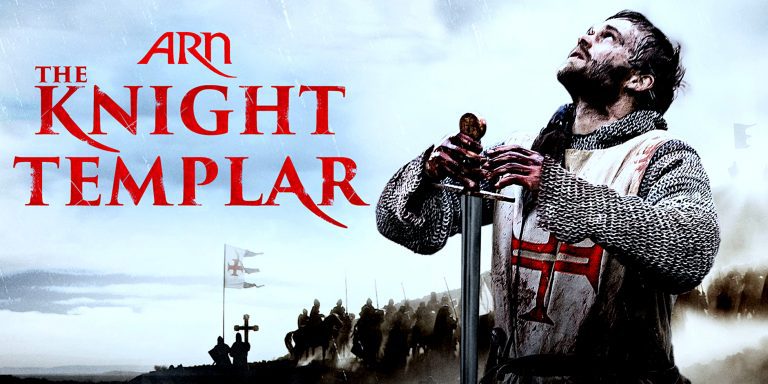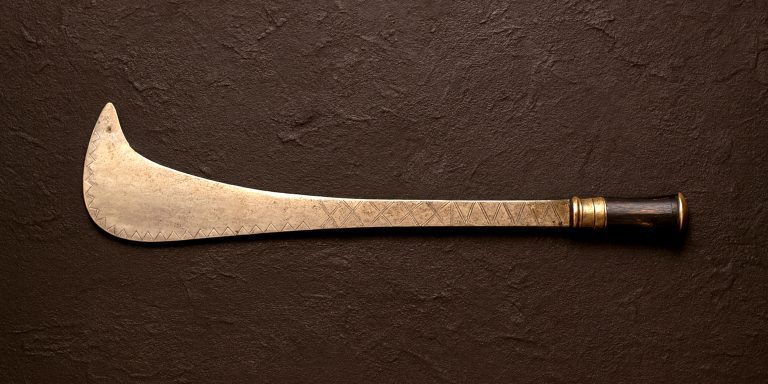
The Battle of Sherston sits in that interesting space where firm evidence is thin on the ground, yet the consequences are too large to ignore. It took place around 1016 during the struggle between Edmund Ironside and Cnut, a year that seems to have existed solely to give Anglo Saxon chroniclers headaches.
Sherston itself feels like one of those fights that was not meant to decide the fate of England, yet the two armies struck each other with such tenacity that later historians, myself included, cannot help staring at it with a mix of admiration and exasperation. It was a slog, a grinding affair that suited Cnut’s hardened host and tested Edmund’s will to its limit.
Background
Edmund Ironside was determined to keep the English crown out of Danish hands. Cnut, already gaining ground in the north and buoyed by the support of powerful English magnates, marched deep into Wessex to force a reckoning. Sherston became the point where both men decided they had had quite enough of posturing.
Forces
Both armies drew from experienced warriors. Edmund commanded the loyalty of Wessex and portions of Mercia, while Cnut wielded a core of professional Danish fighters supplemented by English defectors.
Comparative Overview
| Commander | Estimated Strength | Core Troops | Notes |
|---|---|---|---|
| Edmund Ironside | Roughly 8,000 to 10,000 | Huscarls, Thegns, Fyrd levies | A mix of elite bodyguards and local levies, with morale that rose and fell depending on the hour. |
| Cnut | Roughly 7,000 to 9,000 | Danish Huscarls, Norse mercenaries, English allies | Professional soldiers with a talent for standing firm when others might wander off for lunch. |
Arms and Armour
Sherston was fought in the final flowering of Anglo Saxon and early Scandinavian warfare. It was a world of thick shields, harsh steel, and swords that had already witnessed a century of feuding.
Leaders and Troop Composition
Edmund Ironside’s Host
- Huscarls in mail, conical helmets, kite or round shields
- Thegns with pattern welded swords such as
- Type X broad cutting swords
- Lighter Type XI swords favoured by wealthier warriors
- Fyrdmen with spears, scramasaxes, wooden shields
- A minority of archers and slingers
Cnut’s Army
- Danish Huscarls in heavy mail and helmets with iron nasal guards
- Elite swords
- Viking Age Type K or Type S hilts
- Broad cutting blades suited to shield wall work
- Large axes for breaking shield rims
- Spearmen and shieldmen forming dense walls
- A more organised archer contingent than Edmund possessed
Archaeology
Sherston has not been as generous to archaeologists as one would hope. The likely battlefield shows no major excavation layers that can be linked directly to the fighting, and most metal finds are isolated objects recovered over decades.
The few items aligned with the period include spearheads, broken shield bosses, and a pair of sword fragments attributed to late tenth or early eleventh century manufacture. Nothing conclusive, yet collectively they hint at conflict. In fairness, if two hardened early medieval armies spent two days hacking at one another, one would expect to find more debris, but ploughing and soil conditions have not been kind.
The Battle
Most sources place Sherston as a two day contest. The Anglo Saxon Chronicle, not always fond of elaboration, treats it with suspicious brevity, as if reluctant to admit how messy things became.
Day one saw both shield walls meet in classic fashion. Neither side broke, which is historian code for everyone having an absolutely miserable time. Edmund’s men are said to have pushed back Cnut’s line more than once, but the Danes grounded themselves like stubborn boulders.
Day two resumed with equal fury. The Chronicle hints at a turn of fortune that saved Edmund from collapse, possibly an unexpected rally by his huscarls or a local force joining the fray. The evidence is elusive. What we do know is that neither side achieved a clean victory. Withdrawals occurred by mutual exhaustion rather than tactical decision, a theme quite common in early medieval warfare and terribly frustrating for anyone seeking firm conclusions.
Contemporary Quotes
From the Anglo Saxon Chronicle (translated)
“They fought long and fiercely, each striving for the land, and many fell on either side.”
A later medieval note, probably drawing from oral tradition, adds
“The men stood as if rooted, and no lord could win the field with pride.”
One cannot help admiring the stamina of warriors described as metaphorical trees.
Outcome and Significance
The battle ended without a decisive victor, yet it acted as a prelude to the final confrontations later that year. Cnut did not gain immediate advantage, but he retained enough strength to continue his campaign. Edmund proved his resilience once again, although he exhausted forces he sorely needed in later actions.
Sherston therefore becomes one of those battles that feels oddly unfinished. Its outcome was a draw, yet its legacy fed directly into the war’s final pivot.
Timeline of Events
Before the Battle
- Cnut advances through Wessex
- Edmund gathers a royal army, marching fast to intercept
- Both forces converge near Sherston village
Day One
- Shield walls formed and clashed
- Heavy casualties on both sides
- Fighting breaks off at nightfall
Day Two
- Renewed attacks from each line
- A rally on the English side prevents collapse
- Fighting ends by mutual exhaustion
- Armies break apart and withdraw
Aftermath
- Campaign continues toward later battles at Brentford and Assandun
- Sherston remembered as a stubborn stalemate
A Historian’s Closing Thoughts
Sherston is the sort of battle that teases rather than satisfies. You sense the weight of it, the effort, the bitterness, yet it resists clarity. When sources refuse to give a tidy story, one is left reconstructing the day from fragments of iron and lines of terse Old English. The lack of theatre is oddly refreshing, a reminder that early medieval warfare was more endurance test than heroic charge.
And in truth, there is something wonderfully honest in that.
Watch the documentary:



